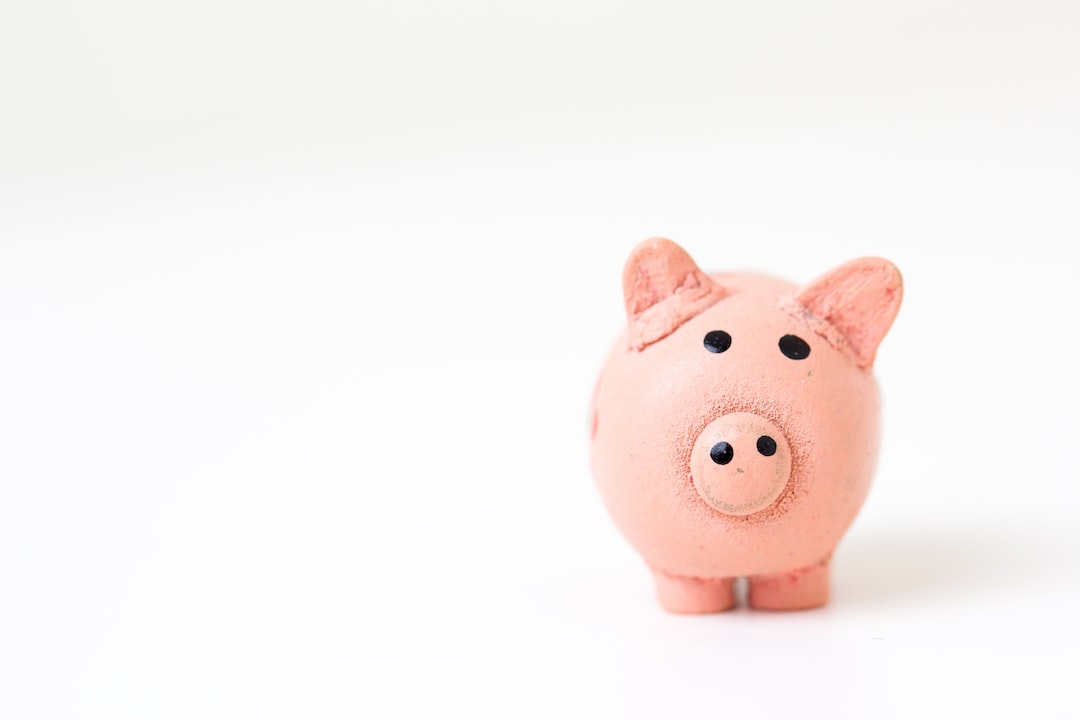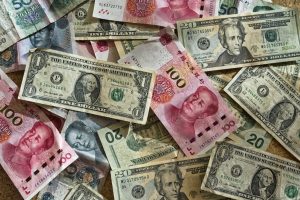In the forex market diagram, when the domestic interest rate rises from 3% to 5%, there are a number of factors that come into play that can impact the value of a currency. Understanding these factors is essential for anyone looking to trade in the forex market, as it can help to inform trading decisions and strategies.
Firstly, it’s important to understand what is meant by the domestic interest rate. This refers to the rate at which banks in a particular country can borrow money from the central bank. When this rate rises, it becomes more expensive for banks to borrow money, which can have a number of knock-on effects.
One of the main impacts of a rise in the domestic interest rate is that it can make the currency more attractive to foreign investors. This is because a higher interest rate means that investors can earn a higher return on their investment, which can make the currency more valuable in the eyes of investors.
This increased demand for the currency can lead to an increase in its value relative to other currencies. This is illustrated in the forex market diagram by a shift in the demand curve for the currency to the right, which leads to an increase in the exchange rate.
However, there are a number of other factors that can impact the value of a currency, even when the domestic interest rate rises. One of these is inflation, which can erode the value of a currency over time.
If inflation is high in a particular country, it can offset the benefits of a higher interest rate, as the real return on investment may still be relatively low. This can limit the impact of a rise in the domestic interest rate on the value of the currency.
Another factor that can impact the value of a currency is the overall economic performance of the country. If the economy is performing well, with strong growth and low unemployment, this can make the currency more attractive to investors, even if the domestic interest rate is not particularly high.
Conversely, if the economy is struggling, with high unemployment and low growth, this can make the currency less attractive, even if the domestic interest rate is relatively high.
Finally, it’s worth noting that the impact of a rise in the domestic interest rate can vary depending on the currency in question. For example, if the US dollar is the currency in question, a rise in the domestic interest rate can lead to an increase in the value of the dollar, as it makes the currency more attractive to investors.
However, if the currency in question is the Japanese yen, which has a very low interest rate, a rise in the domestic interest rate may not have as much impact on the value of the currency, as it is already relatively unattractive to investors.
In summary, while a rise in the domestic interest rate can have a number of positive impacts on the value of a currency, there are a number of factors that can impact the overall impact of this on the forex market. Understanding these factors is essential for anyone looking to trade in the forex market, as it can help to inform trading decisions and strategies.





